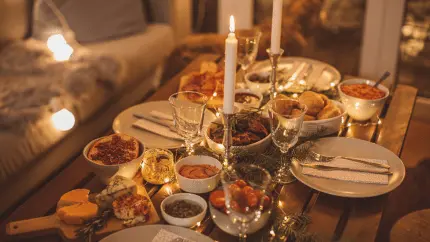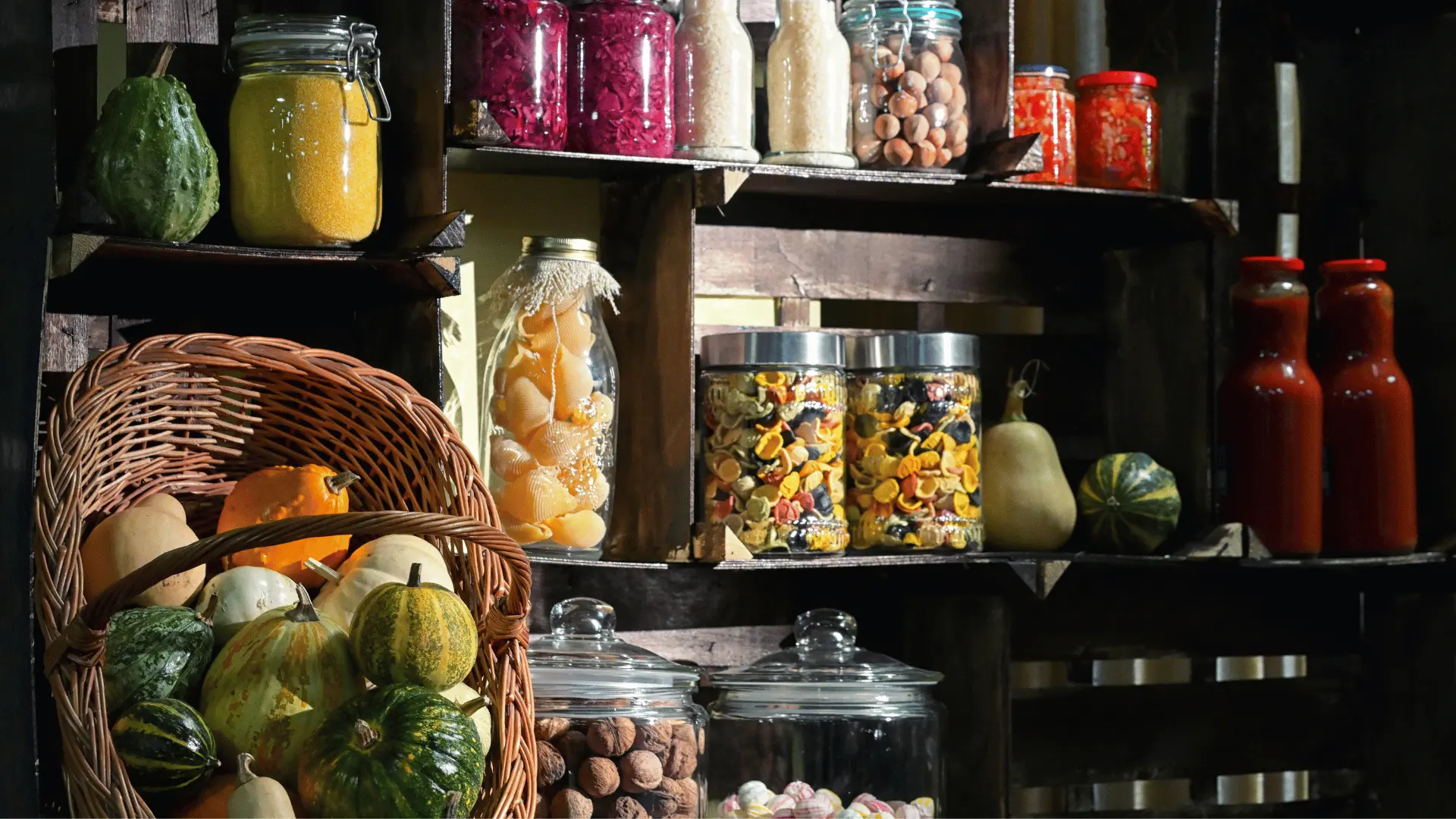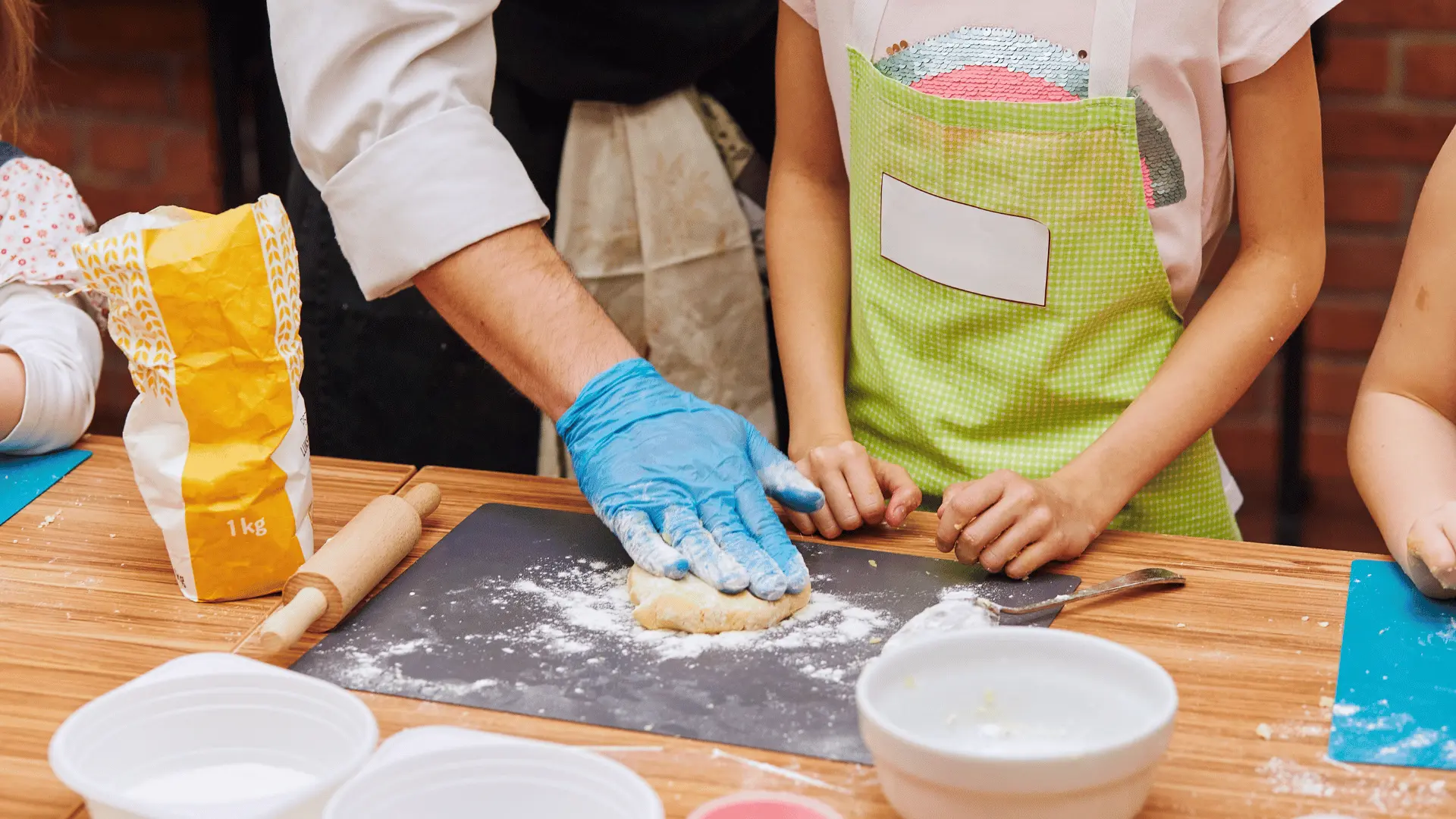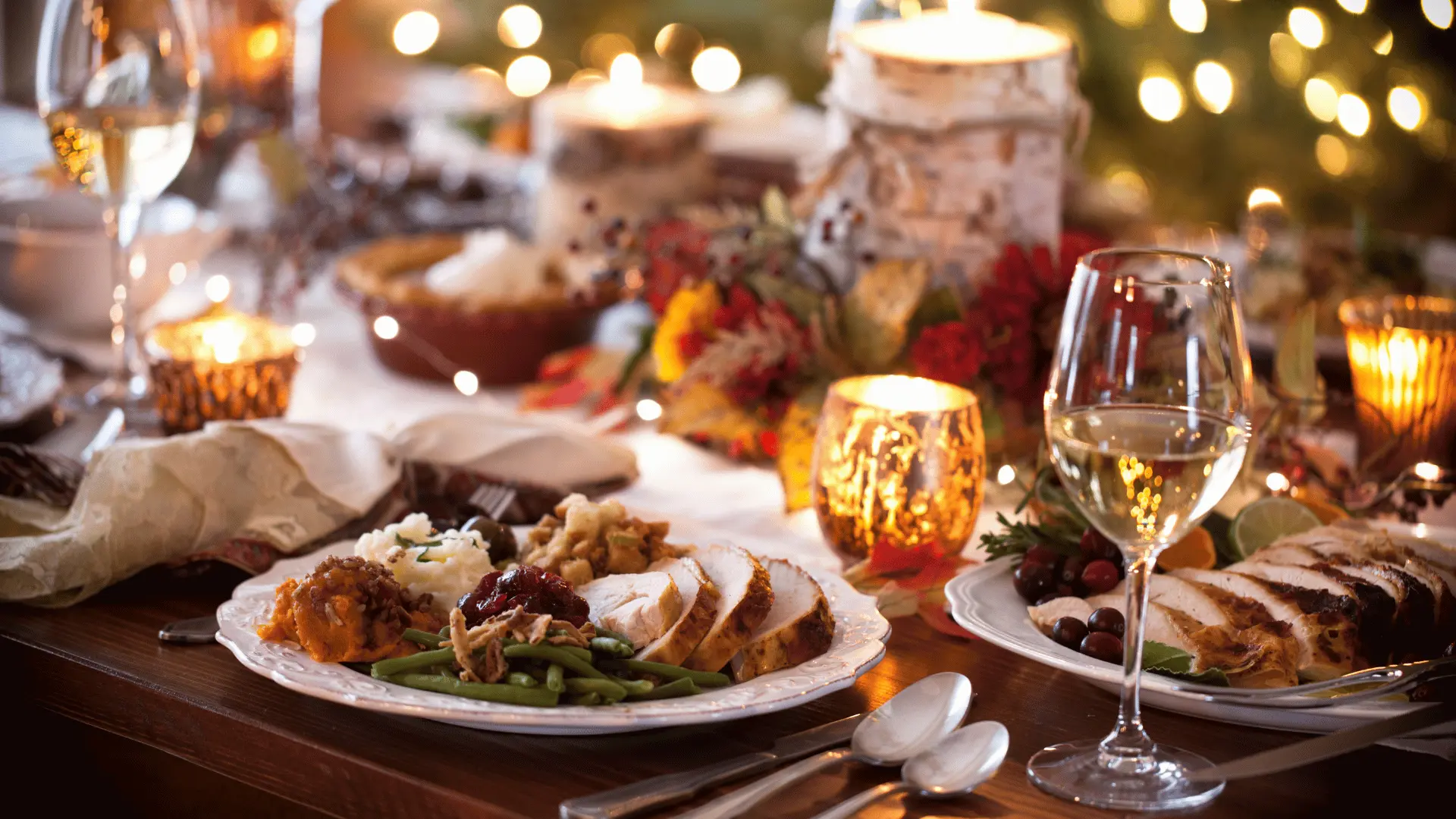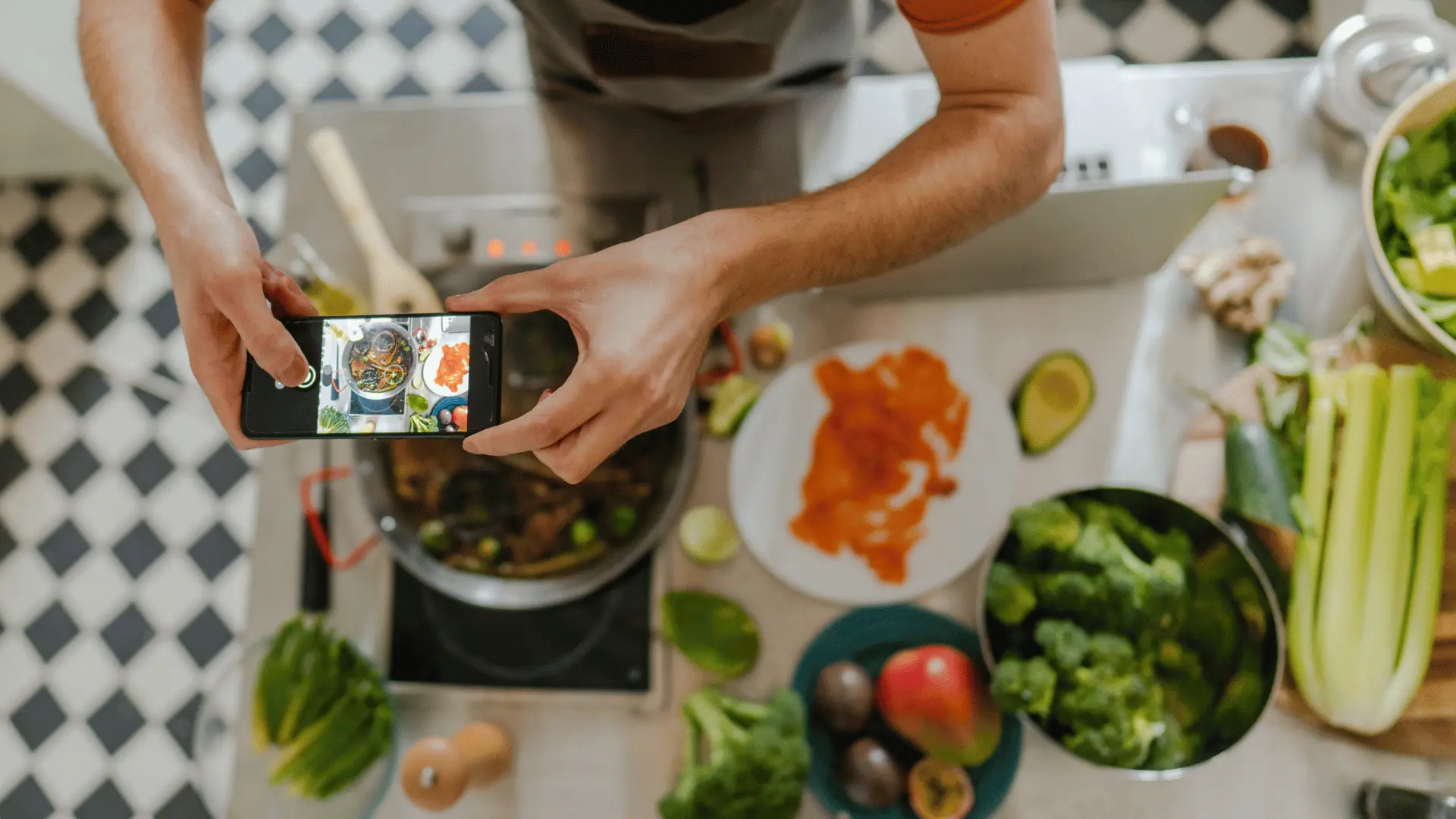
How Food Bloggers Can Use Recipe Memory to Grow and Engage Their Audience
In today’s digital food world, it’s easier than ever to share a recipe—but harder than ever to build real connection. Between fast-paced algorithms, fleeting posts, and endless competition for attention, many food creators are asking the same question: how can we keep our content meaningful while still growing our audience? That’s where Recipe Memory comes in. It’s more than a recipe organizer; it’s a platform that helps food bloggers and culinary creators turn their recipes, stories, and meal plans into thriving communities that feel authentic, organized, and personal.
Why Food Bloggers Are Moving Toward Platforms Like Recipe Memory
Social media can be a great way to get discovered, but it’s not always the best way to build relationships. Traditional blogging platforms focus on presentation, while social networks emphasize visibility. What’s often missing is engagement that feels real—a place where followers can interact with recipes, join discussions, and revisit your content without distractions.
Recipe Memory gives food bloggers the best of both worlds: structure for your content and intimacy for your audience. Whether you want to organize your recipes, host exclusive tables for subscribers, or collaborate with other food enthusiasts, it’s built to support creators who value both creativity and connection.
Organize Your Recipes Like a Pro
When you’re publishing recipes across multiple channels—blogs, emails, Instagram posts—it’s easy to lose track of your own content. Recipe Memory helps streamline that process by letting you store, categorize, and tag every recipe in one digital space. Each recipe entry can include ingredients, instructions, stories, and even nutritional notes. You can group recipes into collections such as Weeknight Favorites, Seasonal Specials, or Subscriber Exclusives.
Even better, every recipe starts private by default. You decide which ones to keep for personal use, which to share publicly on the Recipe Memory Kitchen, and which to make available only to your inner circle through Private Tables. This level of control helps you balance professional publishing with personal connection—all while keeping your library organized and easy to navigate.
Turn Your Audience Into a Community With Private Tables
Recipe Memory’s Private Tables give food bloggers a way to go beyond likes and comments. Think of them as your own private food clubs—invite-only spaces where followers can engage more deeply with your recipes and stories. Within a table, members can share their own variations, ask questions, and build relationships with you and each other.
Here are a few ways bloggers are already using Private Tables:
- Exclusive Recipe Clubs: Offer premium subscribers access to recipes that aren’t available anywhere else. Share behind-the-scenes tips, early releases, or themed collections.
- Interactive Meal Planning Groups: Create a weekly meal plan for your followers and let them download it, discuss it, or customize it for their own needs.
- Seasonal Tables: Run short-term tables for specific times of year—like “12 Days of Holiday Baking” or “Fall Soups and Comfort Food.”
- Community Challenges: Encourage followers to cook your recipes and share photos or reviews inside the table, turning your content into an experience rather than just a post.
Private Tables help transform casual readers into an engaged inner circle. It’s a more meaningful space for both you and your followers—a shift from broadcasting to bonding.
Publish Publicly in the Recipe Memory Kitchen
While Private Tables focus on exclusivity, the Recipe Memory Kitchen lets you share recipes publicly with a larger audience that loves food as much as you do. Each post includes your story, ingredients, and instructions—all displayed beautifully without ads or distractions. The Kitchen is where discovery happens organically. Readers can explore your recipes, learn about your culinary inspirations, and even follow you to get updates when you share something new.
Posting in the Kitchen also improves your SEO reach. Because recipes on Recipe Memory are searchable by ingredient, cuisine, and theme, your content stays visible long after social posts fade away. It’s an ideal companion to your blog or website, helping you reach new audiences who are looking for the kinds of recipes you love to share.
Monetize Your Expertise Authentically
Recipe Memory opens up thoughtful ways to grow your business without compromising authenticity. Instead of chasing viral trends, you can build a sustainable model around your true community. Here are a few monetization approaches food bloggers have started using:
- Paid Tables: Offer exclusive access to Private Tables for a subscription fee, similar to a Patreon-style membership but centered entirely around recipes and food experiences.
- Collaborations: Partner with other bloggers, nutritionists, or local brands to create themed collections or joint events within Recipe Memory.
- Digital Cookbooks: Curate your most-loved recipes into downloadable or viewable collections for paying members.
- Workshops and Virtual Gatherings: Use the platform to coordinate cooking events or online sessions tied to your recipes, all managed under your Recipe Memory account.
Unlike social platforms, where you’re renting space on someone else’s algorithm, Recipe Memory gives you ownership. You control how your audience interacts with you and what kind of experiences they get from your content.
Simplify Your Workflow
Running a food blog can feel like juggling a dozen hats at once—recipe testing, photography, writing, SEO, social media, and audience management. Recipe Memory helps you streamline all of it. Instead of using multiple tools to track content, you can plan everything inside one platform. Recipes, photos, stories, and meal plans all live in one cohesive system.
When planning posts or newsletters, you can pull from your digital recipe library and generate shopping lists or ingredient summaries automatically. That makes collaboration with photographers, assistants, or editors smoother too. Everyone can access what they need without hunting through spreadsheets or old emails.
Grow With Data and Insight
Because every recipe on Recipe Memory is digital, you can see how your audience interacts with your content. Which dishes get saved most often? Which meal plans get reused? Which collections attract the most engagement? These insights can guide your future content strategy—helping you identify what resonates most with your audience and where your growth opportunities lie.
Instead of guessing what your followers enjoy, you’ll have real data to shape your next move. It’s the perfect blend of creativity and strategy—letting you stay inspired while growing smarter.
Build Trust Through Transparency and Storytelling
In a world full of polished food photos, authenticity stands out. Recipe Memory gives you a space to go beyond the surface—to share the stories behind your recipes and connect with your audience in a more personal way. Whether it’s the memory behind your grandmother’s bread recipe or the inspiration for your latest plant-based dish, those stories become part of your brand’s identity.
And because the platform focuses on community rather than algorithms, your stories are seen and appreciated for what they are, not filtered by engagement metrics. That helps build deeper trust and loyalty among your readers and fans.
How to Get Started as a Food Blogger on Recipe Memory
If you’re ready to create a more connected and organized experience for your followers, here’s a simple roadmap:
- Import Your Recipes: Start by adding your existing recipes to your Recipe Memory library. You can include photos, ingredients, and notes for each one.
- Organize by Category: Create collections or themes that match your content style—like “Quick Weeknight Dinners,” “Holiday Baking,” or “Meal Prep Favorites.”
- Launch a Private Table: Invite your closest followers or subscribers to join. Share exclusive recipes or meal plans and foster conversation within your table.
- Publish Publicly: Post select recipes to the Recipe Memory Kitchen to reach new audiences while linking back to your main site or brand.
- Experiment and Evolve: Track what resonates most, refine your strategy, and keep your tables fresh with new themes, challenges, or collaborations.
The Future of Food Blogging Is About Connection
As the online food world continues to evolve, the future belongs to those who can blend creativity with community. Audiences crave substance and belonging, not just beautiful photos or viral trends. Recipe Memory is built for that future—a space where recipes are more than content; they’re a way to connect, teach, and grow together.
Whether you’re an established food creator or just starting to share your recipes, Recipe Memory gives you the tools to build something lasting—a place where every recipe finds a home and every follower feels like part of your table.
Start organizing, sharing, and growing your food community today with Recipe Memory.
Love what you’re reading?
Join Recipe Memory today to save your favorite recipes, plan meals with ease, and create smart grocery lists ...all in one place.
